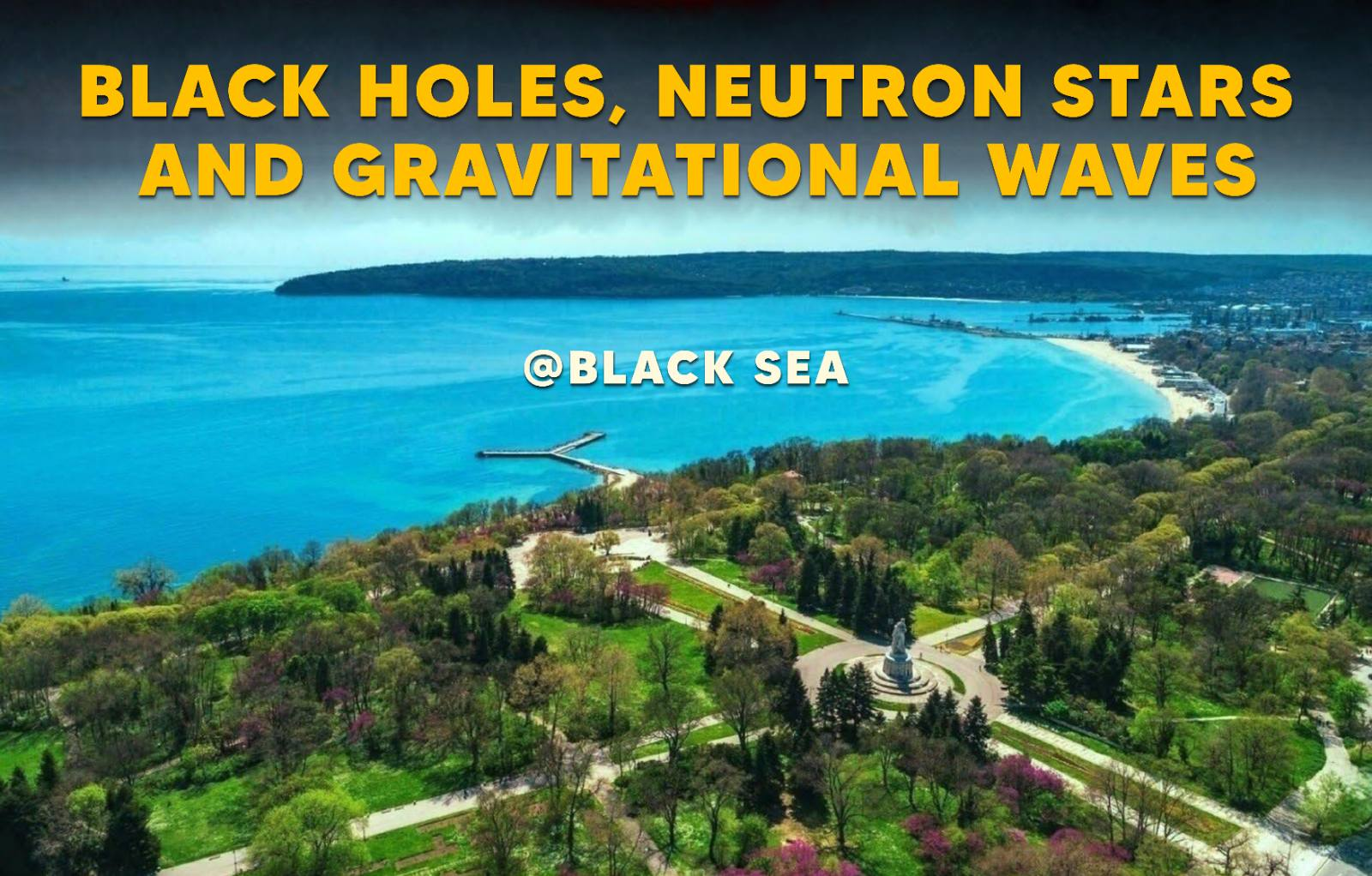Speaker
Description
The neutron star observables, such as mass, radius, and tidal deformability, non-radial oscillations are directly related to the equation of state (EOS). The exact nature of dense matter in neutron stars(NS) remains unknown. Several efforts have been made to constrain the EOS through theoretical modelling, incorporating inputs from nuclear physics experiments and astrophysical observations.
We study quasinormal f−mode oscillations in NS interiors within the linearized General Relativistic formalism. We utilize approximately a set of nuclear EOS constructed in relativistic mean field (RMF) formalism using spectral representation techniques, incorporating constraints on nuclear saturation properties, chiral Effective Field Theory (χEFT) for pure neutron matter, and perturbative Quantum Chromodynamics (pQCD) for densities pertinent to NS cores. Our study reveals a weak correlation between f−mode frequencies and individual nuclear saturation properties, but a robust linear relationship between the radii and f−mode frequencies with extreme masses (1.34M⊙ and 2.0M⊙). However, for different masses on the NICER data, it has minimal overlap in the radius domain and differs in the frequency domain with our nucleonic EOS set.
The hybrid EOS models incorporating hadron-quark phase transition combines two theoretical frameworks: the RMF model for the nucleonic regime and a mean-field theory of quantum chromodynamics (MFTQCD) for the quark regime. Interestingly, our similar analysis corresponding the hybrid EoS lie very well within our NICER-derived constraints in the radius as well as the f−mode frequency domain, indicating a preference of hybrid EOS over the purely nucleonic ones for the first time. Observational data from pulsars PSR J0030+0451 and PSR J0740+6620 suggest a slight preference for EOSs with smooth phase transitions. In contrast, GW data remain largely inconclusive.
Our analysis also highlights tensions between earlier NICER measurements and recent observations of PSR J0437-4715. We find a clear distinction between the 90% credible intervals of neutron star observables—including mass, radius, tidal deformability, f-mode oscillation frequency, and GW damping time—when comparing purely hadronic and hybrid EOSs. The hybrid model allows for stiffer EOSs that better align with NICER data but predict higher tidal deformabilities, which conflict with GW observations. Our results indicate the need for more flexible EOS models to reconcile the discrepancies between different astrophysical observations.
Ref:
1. Bayesian evaluation of hadron-quark phase transition models through neutron star observables in light of nuclear and astrophysics data, D. Guha Roy, A. Venneti, T. Malik, S. Bhattacharya, S. Banik Physics Letters B Volume 859, 139128 (2024)
2. Analysis of Neutron Star f−mode Oscillations in General Relativity with Spectral Representation of Nuclear Equations of State, D. Guha Roy, T. Malik, S. Bhattacharya, S. Banik, ApJ 968 124 (2024)

